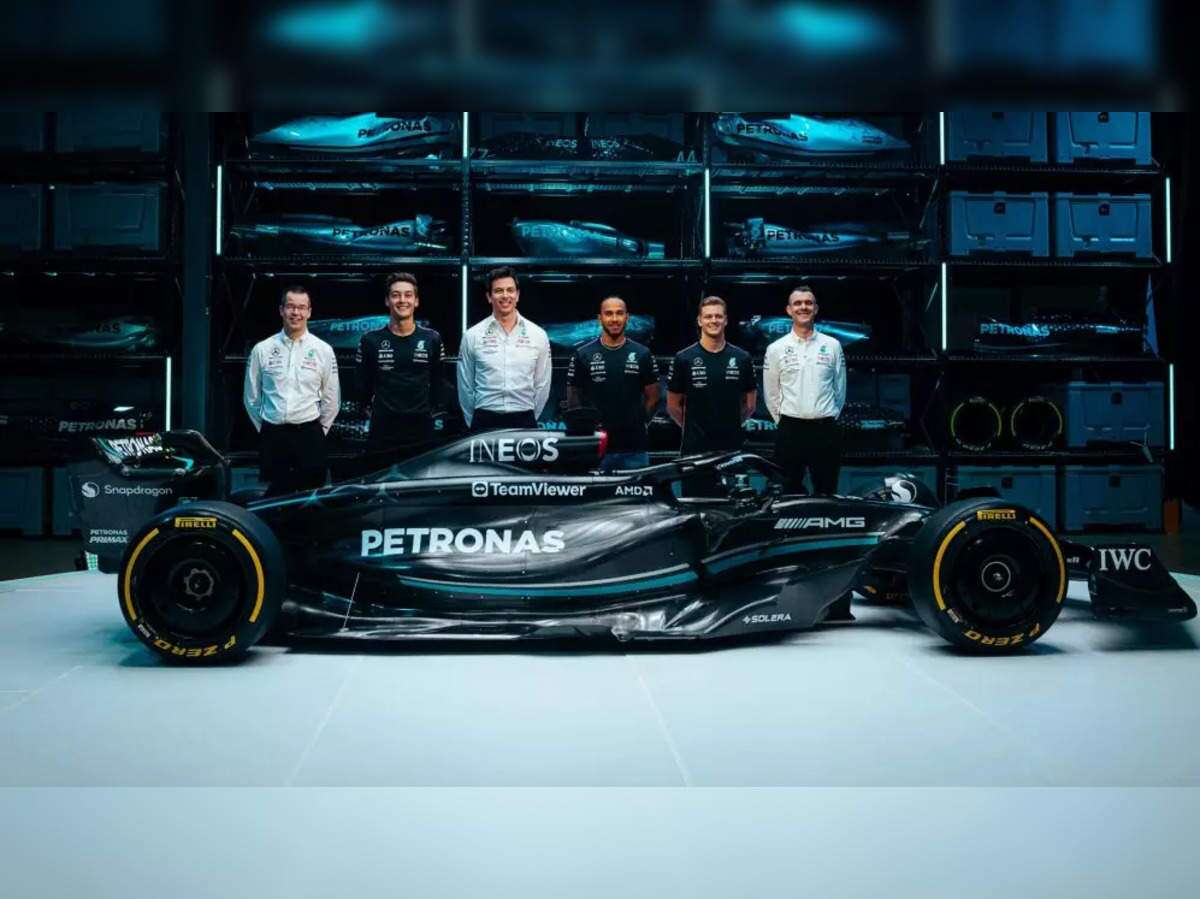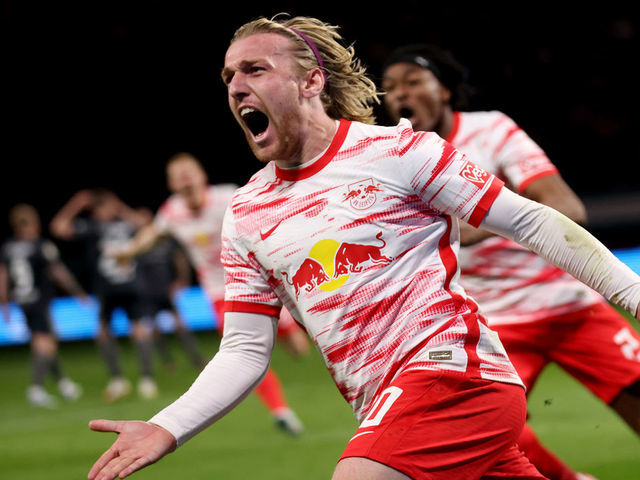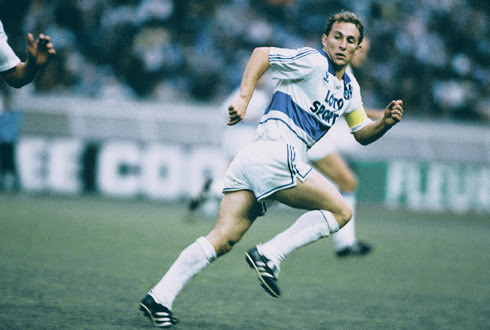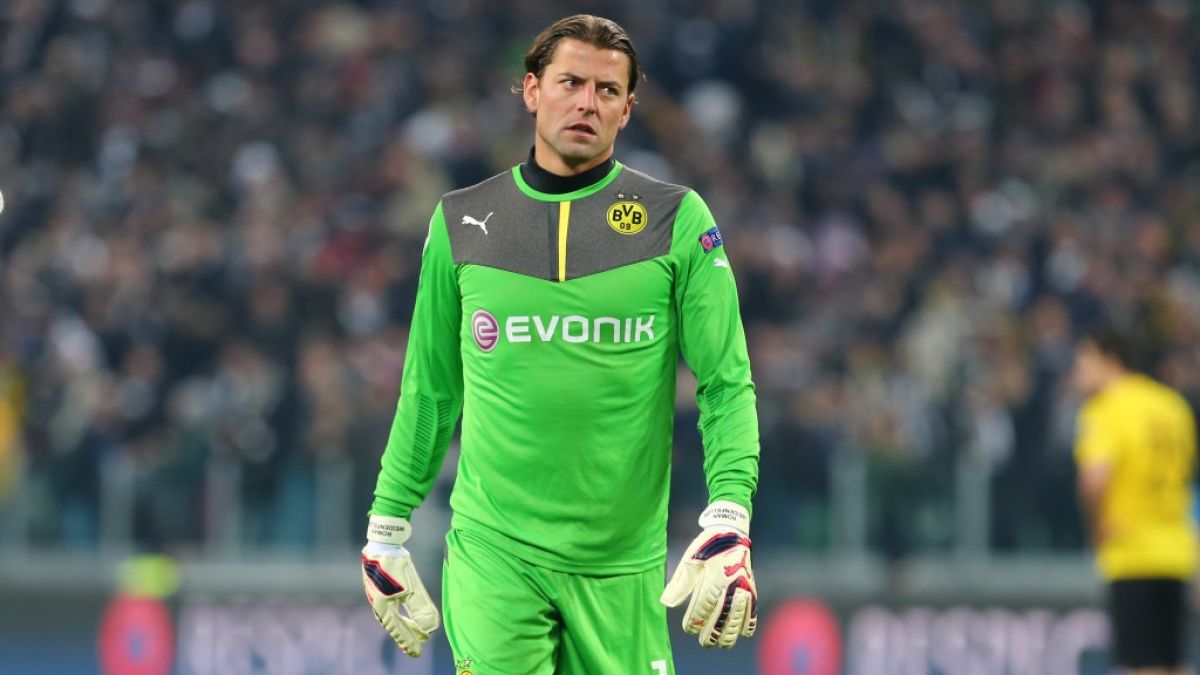

The Mercedes-AMG Petronas Formula 1 Team unveiled the W15 E PERFORMANCE to much anticipation, charting a daring course for the 2024 FIA Formula 1 World Championship. The unveiling represented the team’s unwavering quest to return to the summit of motorsport in addition to showcasing a car that builds on the lessons learnt throughout the previous difficult seasons.
Toto Wolff, the team principal, and James Allison, the technical director, provided insights into the development philosophy of the W15, highlighting a combination of innovation and reflection. With Wolff recognizing the “mountain to climb” in order to compete at the front and Allison emphasizing the iterative design approach that has produced notable advancements over the W14, the car symbolizes a turning point in Mercedes’ history.
“We are aware that fighting at the front requires us to climb a mountain. In a statement, Toto Wolff remarked, “This sport does not involve miracles.” However, we have a strong sense of aspiration and resolve. Since taking this new direction, development has advanced satisfactorily.
“We prioritized a number of things with this vehicle. We’ll find out shortly if we’ve taken the desired move.
George Russell and Lewis Hamilton’s combined debut of the W15 at Silverstone signaled the start of an important testing and development phase. The car’s livery honors the Silver Arrows’ 90th anniversary by fusing the classic Mercedes silver with the striking black of recent years, representing the team’s past and goals for the future.
The W15 addresses the unpredictable faults of its predecessor, especially around the rear axle, with a redesigned chassis, gearbox housing, and aerodynamic modifications targeted at efficiency and downforce. The design team has worked very hard to provide a platform that is more controlled and stable, which is essential for the drivers to get the most performance out of it.
James Allison emphasized the importance of the car’s underfloor aerodynamics, which are a key feature that set this generation of F1 cars apart. This emphasis, combined with enhancements to the DRS effect and pit stop performance, sums up Mercedes’ approach to rectify previous errors and innovate while adhering to the rules.
“Improving the rear axle of the previous car has been a major focus,” Allison said. We have put a lot of effort into making sure that both axles—but especially the rear axle—maintain superior tire control than on the W14. Additionally, there have been some housekeeping updates on the DRS effect and pit stop performance, two areas where we could have done better.








